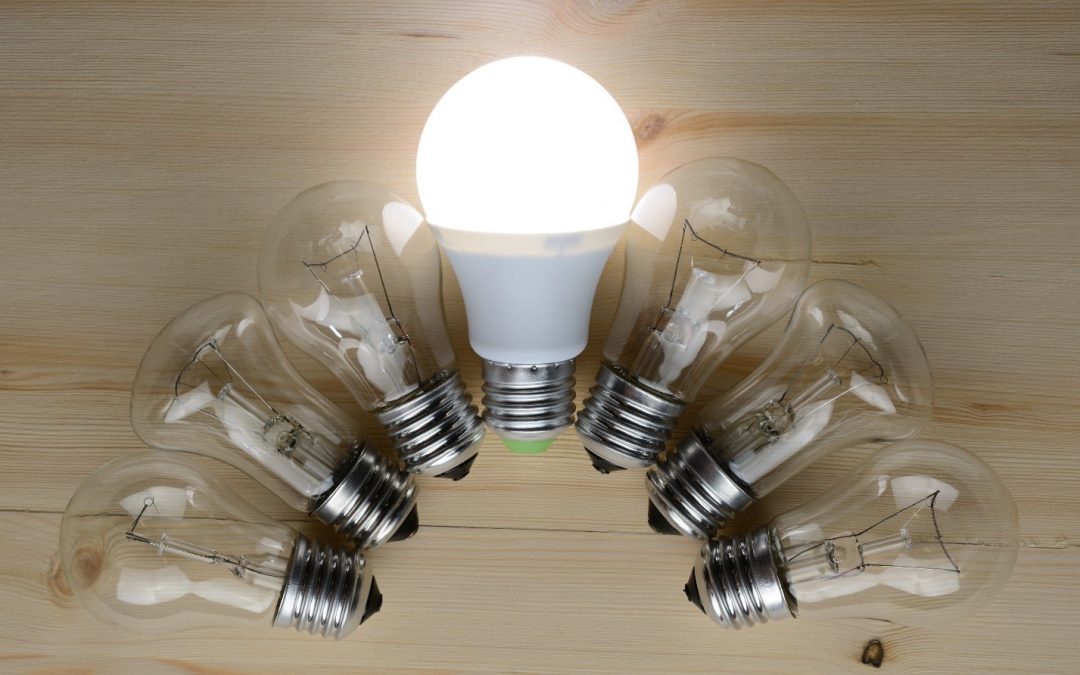Efficiency has been a popular theme in home design for many decades, and when it comes to your home, it can have some serious implications. An efficient home is one that makes the most of the resources it uses. Making the most of your electricity and water might seem like common sense- there’s no reason to unnecessarily run up a cooling bill- but there are other reasons you might want to ensure your home is operating at maximum efficiency. Tackle these common sources of waste… you’re doing your home and your wallet a big service!
- Visually inspect your water utilities, fixtures and appliances.
- For example, a leaky faucet means lots of water going straight down the drain. They can usually be fixed quite easily by replacing the washers, or in newer units, the valve cartridges.
- Toilets are a common spot for leaks. Pour colored liquid bowl cleaner into the tank, and then wait several hours to see if it appears in the bowl without flushing. If it does, you may need to replace the stopper at the bottom of the tank.
- Your hot water tank can be an expensive item to replace, so making sure it’s operating correctly is very important. Make sure that condensation isn’t forming on the tank or nearby pipes. Changing the temperature a few degrees could save you big money on your energy bill, without making much of an impact in your home.
- While pipes are more likely to burst or spring leaks in the winter, small leaks can easily go undetected. Check your pipes, both those going to and from appliances as well as any utility lines that connect into your home, to make sure they’re dry. Applying insulating foam can help keep them protected for when winter weather inevitably returns. Mold and water damage can easily accumulate when a damaged pipe goes unchecked for even a short period of time.
- Don’t forget to check other spots like washing machines and refrigerators equipped with ice machines.
- Inspect your home for air leaks.
- A drafty window is easy to spot in the winter, but during the warmer months, it could go unnoticed and cost you. Carefully inspect your windows and make repairs if necessary. More efficient windows may be an unexpected expense, but can drastically help your home stay cool.
- The same goes for doors, especially those that go from your home’s interior into a garage. These large openings could be letting your cold air out at an alarming rate!
- An unfinished attic could be drawing heat into your home through an access opening. Consider insulating your attic to help keep temperatures down.
- Minimize electricity use.
- Unplug devices that aren’t in use. Power strips can be a convenient way to accomplish this, especially with newer models that offer smart-home capabilities and can be controlled with a timer or your smart phone.
- Switch to high-efficiency appliances and fixtures. While replacing your clothes dryer may be more than you’re willing to spend, switching from CFL lightbulbs to more efficient LEDs can help save you money.
- Use your air conditioner most effectively. While nobody wants to roast in the summer, a slightly higher temperature can net a serious reduction in cooling costs over the course of the season. When temperatures drop in the evening, consider turning off the A/C and utilizing dehumidifiers to keep your space comfortable and cool. Opening your windows can allow the cool night air in, but make sure to close them before temperatures begin to rise in the morning.
Keeping your home efficient will help not only the environment but also help keep your energy bills low. Taking the time to check over the items on the checklist might help you to conserve more than you know!


